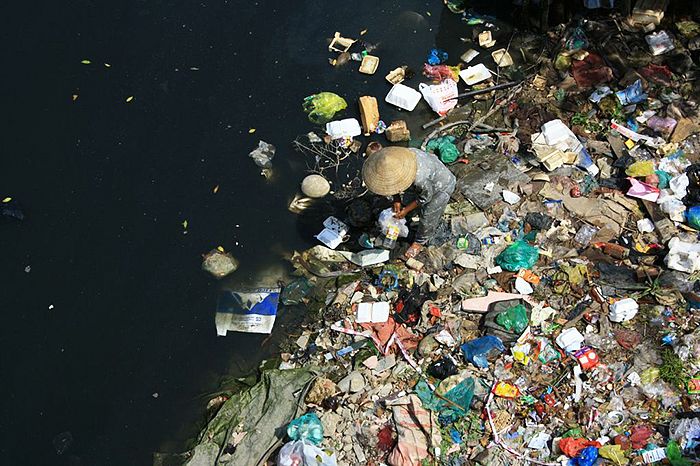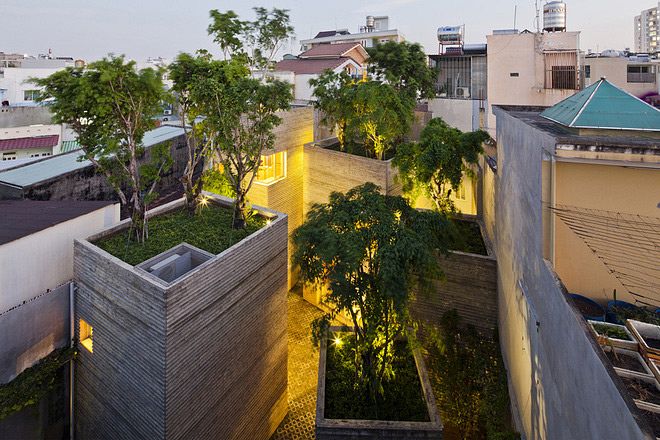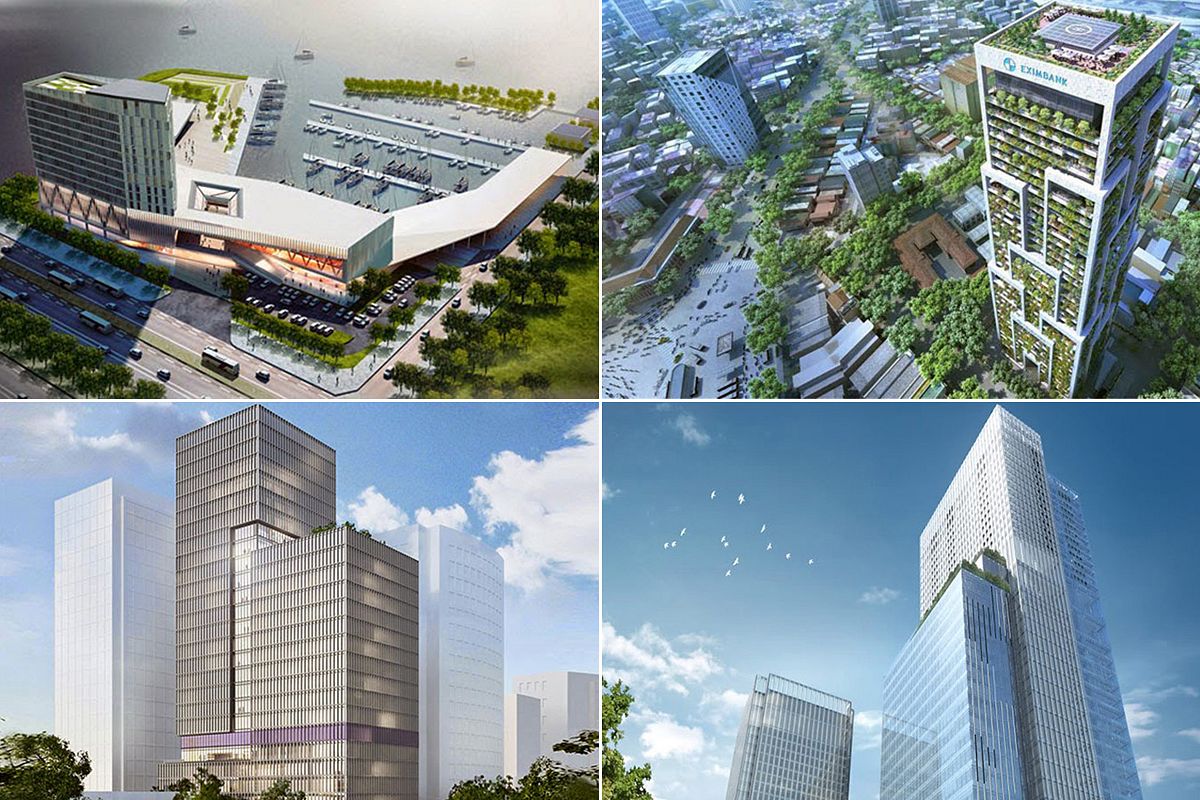Over on his blog, Vietnam Coracle, Tom just posted an insightful piece about garbage consuming Vietnam’s once pristine natural landscapes.
Related Articles:
- Is Vietnam Committing Tourism Suicide?
- [Photos] Pollution Kills Tens Of Thousands Of Fish In Saigon’s Revitalized Canal
- Report: Vietnam in Top 10 for Worst Air Pollution
While he is neither an anthropologist nor a psychologist, Tom has traveled across Vietnam by bike numerous times since he moved to the country in 2005 and has a knack for finding off-the-beaten-track locations.
But nearly everywhere he's traveled, from secluded waterfalls to empty pine forests, there was always one constant – trash. Initially confounded by the source of the refuse, it was only when he took a road trip on a national holiday that things started to make sense:
“Now, all of the previously isolated, empty beauty spots, were teeming with people from nearby towns and cities. Hundreds of picnickers were sitting under trees, on riverbanks, on beaches; thoroughly enjoying the great open spaces and natural beauty of the countryside. But very few people bothered to clean up after themselves: the picnic detritus was simply left on the sand, rocks, and in the water. Thousands of scenic locations all over the country are now utterly ruined by trash. It’s sad, disappointing, infuriating, and it doesn’t seem to be getting any better. In fact, it’s getting worse.”
Indeed, trash has become a blight for Vietnam’s most scenic landscapes, from the beaches of Phu Quoc to the waters of Ha Long Bay.
So why hasn’t the strong bond between Vietnamese and their land translated into respect for the landscape?
While some local friends told Tom that the main problem was “Chưa có ý thức” (“no awareness or consciousness yet”), and foreigners pointed to a lack of garbage cans, he writes that these are just part of the problem and that urbanization could be the main culprit.
"The problem is that when urbanites step into the countryside – for picnics on public holidays, for example – they assume that a [trash collection] system is in place; someone else will pick up their litter on their behalf. But there is no trash collection in the highland forests, mountain streams, or on the beaches: the rubbish that picnickers leave is never collected; it stays there for a very, very long time."
Of course, this problem is not unique to Vietnam. Tom draws an excellent parallel to a similar mindset that once plagued the U.S. in the 1960s, captured in this Mad Men clip.
Head over to Vietnam Coracle for the much larger piece about this important issue, one that will have a huge impact on the future of Vietnam’s environment and tourism industry.














